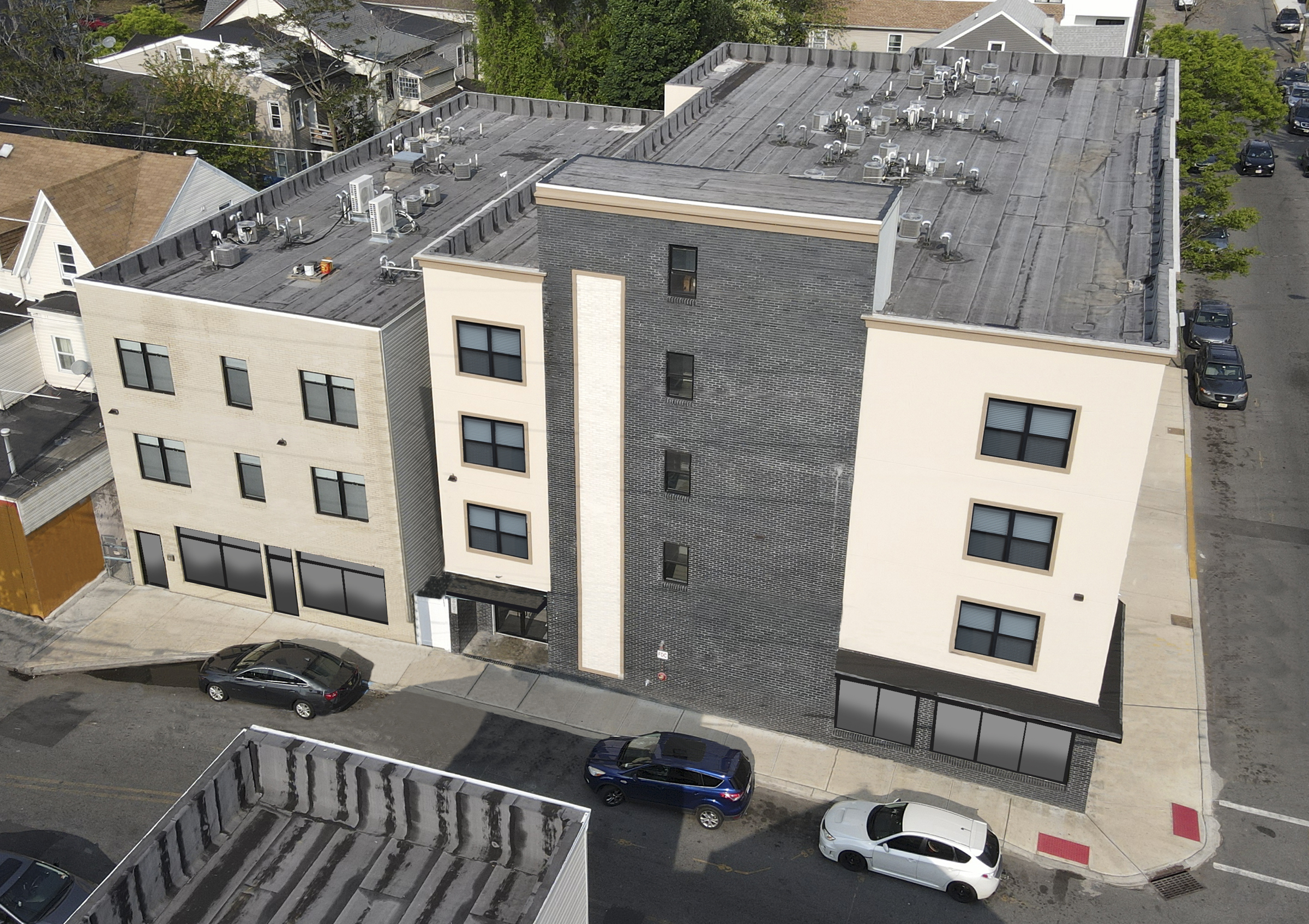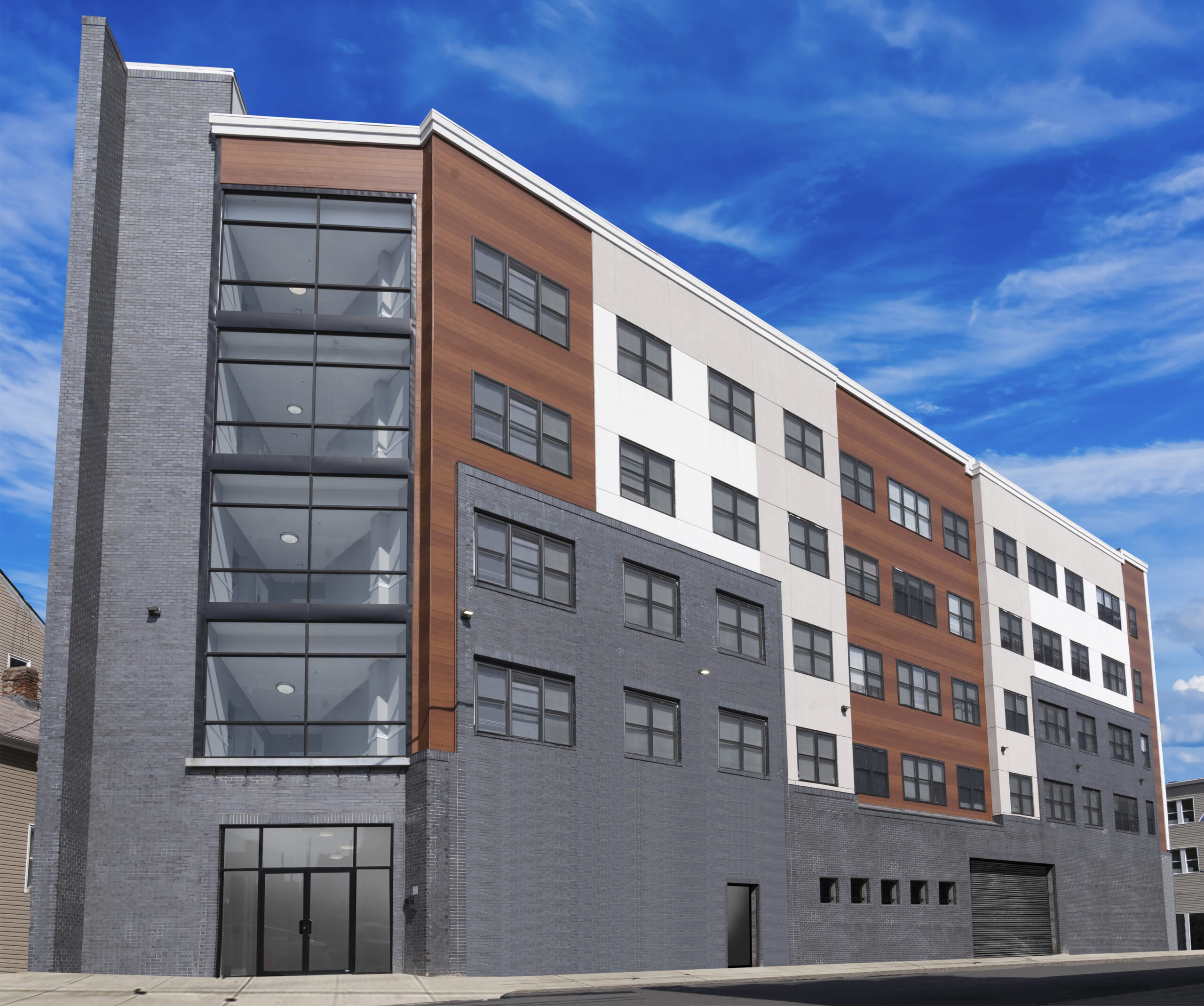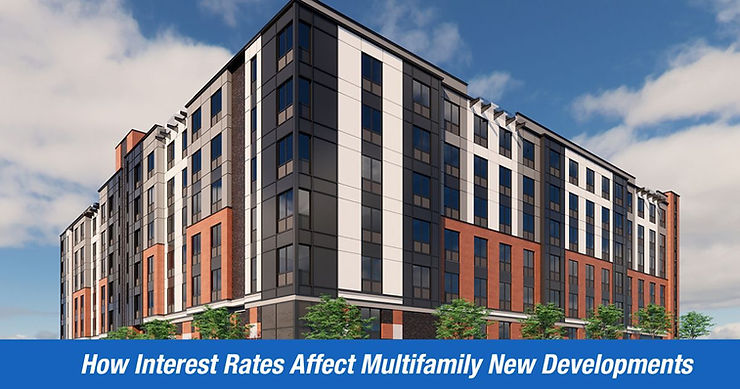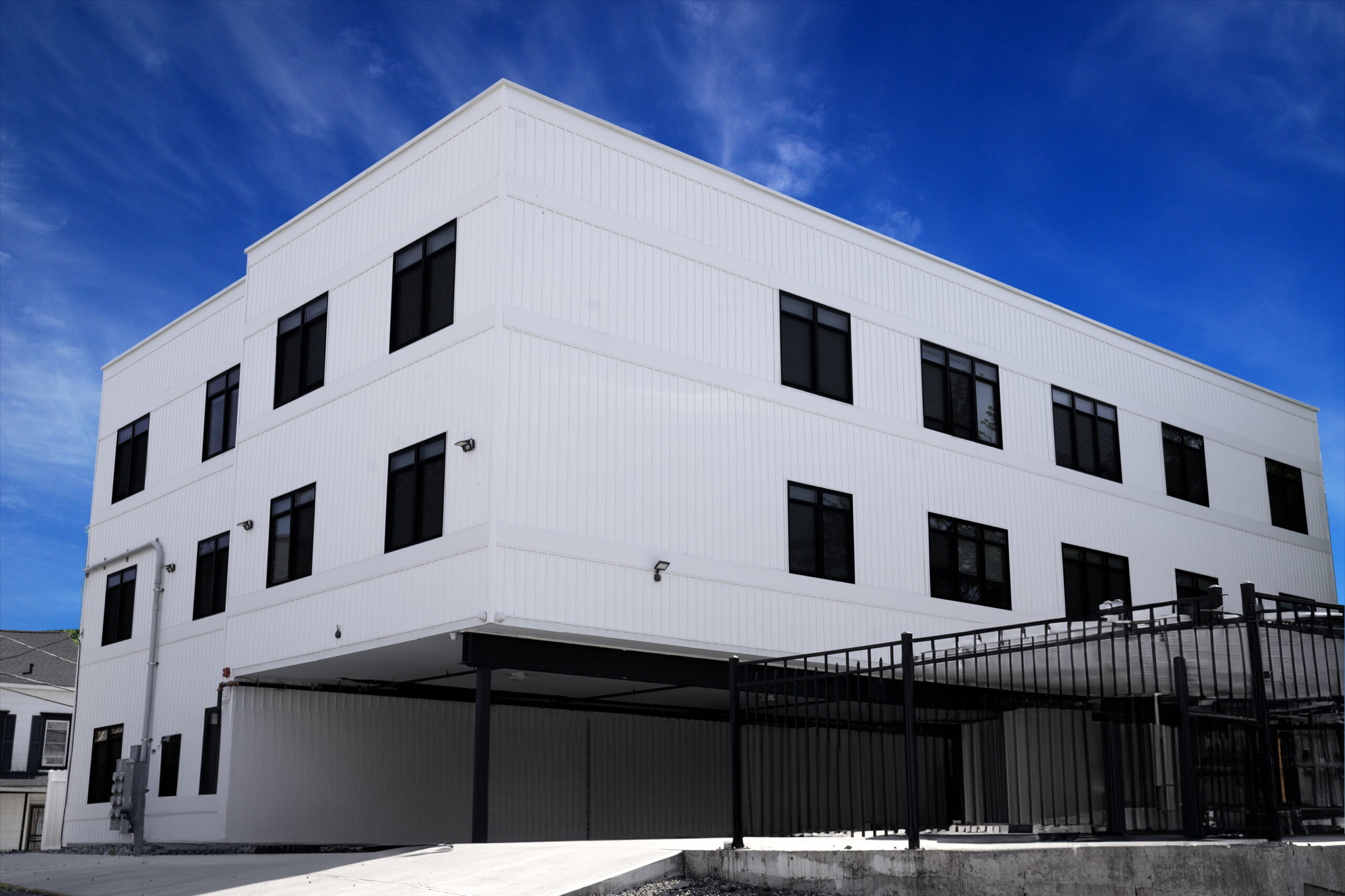
Earlier this year, real estate database management firm Attom released a report showing that 36.1% of all homes sold in the United States were scooped up by all-cash buyers.
Presumably, the remaining two-thirds of home sales last year involved some form of financing. For consumer borrowers, the most common type of real estate financing is the residential mortgage, a type of asset-backed loan that is collateralized by the value of the borrower’s home.
Compared to commercial mortgages, residential mortgages are fairly straightforward: The borrower agrees to make ongoing principal and interest payments to the lender, usually over a 10- to 30-year period, until the loan is paid off.
If the borrower fails to pay off their mortgage, the lender can initiate foreclosure. This is a legal process that allows the lender to seize and sell the collateral asset—that is, the borrower’s home—to recoup the mortgage’s unpaid balance.
But what if proceeds from the sale of the borrower’s home fall short of satisfying the unpaid mortgage? In 38 states across the country, lenders may petition the court for a deficiency judgment, which allows a lender to pursue a borrower’s other assets (or income) to recover the difference between what the borrower owes and what the foreclosed home sells for.
In the remaining 12 states[1] across the Union, deficiency judgments are prohibited. In these parts of the country, mortgage lenders may only offer non-recourse loans—so termed because lenders who cannot fully recoup the unpaid balance of the mortgage through the sale of the borrower’s home are barred from seeking additional recourse via deficiency judgments.
Why do multifamily borrowers prefer non-recourse loans?
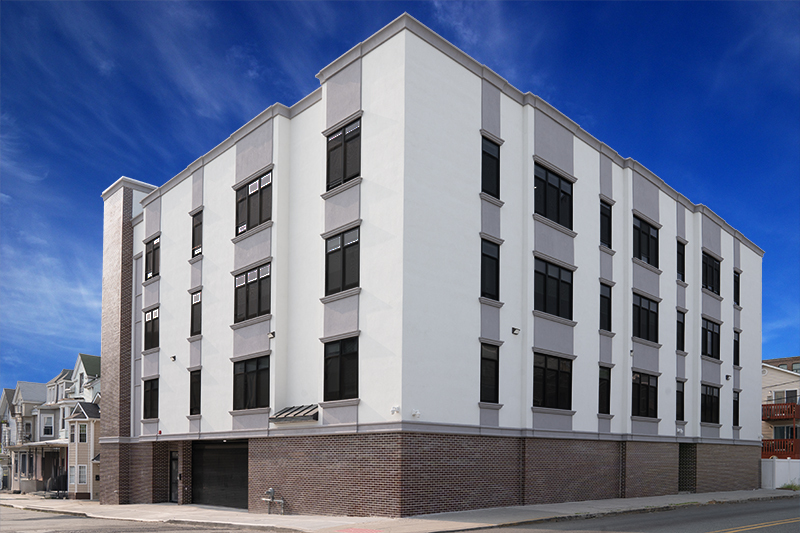
In contrast to full-recourse debt, non-recourse mortgages offer a key benefit to both individual and institutional borrowers from a risk-mitigation standpoint:
In the event of default, a borrower’s loss on a non-recourse loan is limited to the value of her equity stake in the collateral asset.
On the contrary, a full-recourse loan exposes the borrower to much greater liability—up to the full balance of the unpaid debt.
While this is not as frightening as the unlimited personal guarantees that come with certain unsecured loans, the financial fallout from defaulting on a full-recourse mortgage can nonetheless be debilitating—especially for highly-leveraged commercial borrowers financing eight-, nine-, or ten-figure properties.
Take, for example, a real estate private equity (REPE) firm looking to buy a 300-unit, $100 million multifamily property. The firm contributes $20 million in equity towards the deal, and borrows the remaining $80 million on a full-recourse basis at an 80% loan-to-value (LTV) ratio.
However, the deal goes very poorly. After repaying $10 million in principal, the REPE firm defaults on its mortgage. The lender seizes the property and puts it up for auction, but it sells for just $50 million.
After the $10 million in principal payments, the lender is still owed $80 million – $10 million = $70 million. Unfortunately, because the multifamily building fetched only $50 million at auction, the lender is still owed $70 million – $50 million = $20 million, which it pursues as a deficiency judgment against the REPE firm.
This is a terribly steep price to pay for a firm whose deficiency judgment is equivalent to its entire initial equity stake (which, to be clear, was already wiped out during the sale). Unable to come up with the funds to satisfy the judgment, the REPE firm declares bankruptcy.
Had the firm borrowed on a non-recourse basis instead, it would have avoided this fate—despite the fact that it defaulted. Using the same example, a multifamily property with a $70 million note that sells for $50 million at a foreclosure auction results in a deficiency of $20 million.
Only in this case, it is the lender that must bear this $20 million loss. The REPE firm, throughout the $20 million in equity it contributed towards the deal, is spared the burden of any additional payments.
As long as it retains the confidence of current and future investors and lenders, the firm is free to continue operations and pursue other opportunities. While it is unpleasant to lose $20 million in equity, the crucial difference is that the firm—having borrowed non-recourse—is not required to come up with money it does not have. Hence, it lives to see another day.
What standards must multifamily borrowers meet for non-recourse loans?
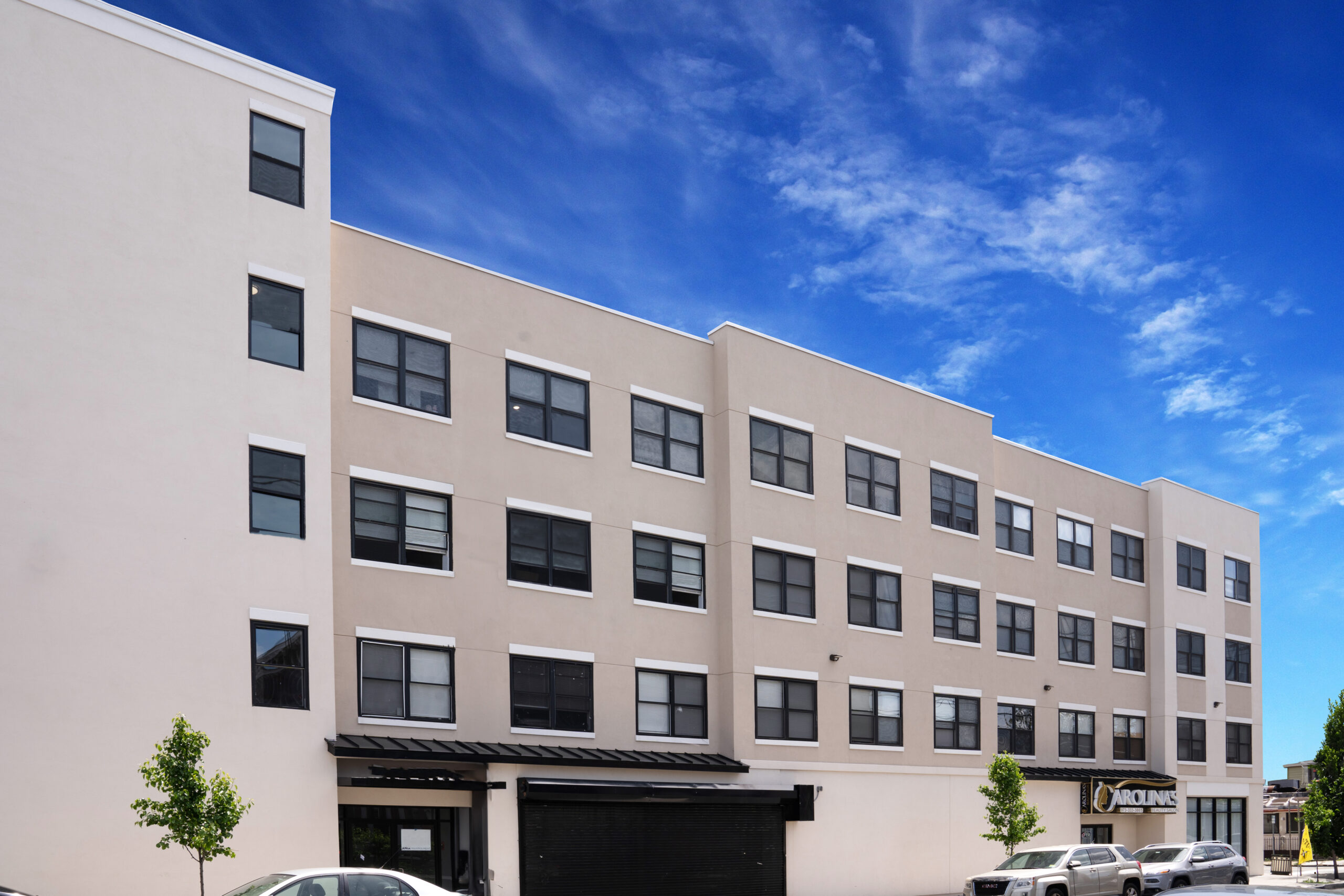
Suffice it to say, non-recourse loans are a boon for multifamily borrowers (i.e., general partners or GPs) looking to limit their downside risk.
On the flip side, non-recourse financing is riskier for mortgage lenders to offer, so it is not surprising that these loans often come with more stringent underwriting requirements for borrowers.
Perhaps the standard that most visibly impacts a deal’s levered returns is the amount of debt a lender is willing to extend for any given deal.
While a lender might be willing to lend at 80% LTV on a full-recourse basis, they may only be willing to extend financing at up to 60% LTV on a non-recourse basis. This makes deals less affordable from the borrower’s perspective, since they must contribute more equity into every deal.
Similarly, lenders may require higher debt service coverage ratios (DSCRs) before extending non-recourse loans. As a quick refresher, the DSCR is the ratio between a property’s net operating income (NOI) and its debt service requirements measured over a period of time. A ratio above one suggests that a property generates enough NOI to service its debt, while a ratio below one indicates that a property is unable to cover its debt payments with the income it generates.
Lenders typically require a minimum DSCR of roughly 1.15 to 1.25 for most commercial mortgages, though higher DSCR minimums of 1.5+ are not uncommon for non-recourse loans.
Stricter underwriting standards also mean that lenders are pickier about the types of properties that qualify for non-recourse financing. While investors seeking financing to purchase a Class A high-rise apartment building in the heart of San Francisco or New York City may have no trouble securing non-recourse financing, investors targeting Class C multifamily assets in tertiary real estate markets may have a far more difficult time securing non-recourse debt.
Apart from imposing more rigorous underwriting criteria, lenders may also charge higher interest rates for non-recourse loans, largely as a way to compensate themselves for the added risk of incurring losses in a situation where the borrower defaults. For instance, a lender willing to extend a full-recourse mortgage with a 10-year term at a 5% interest rate may, all else held equal, lend on a non-recourse basis at 6%.
Moreover, lenders are often unwilling to lend on a non-recourse basis to unestablished GPs with scant track records. Instead, lenders will take the time to know an investor, waiting until a GP has borrowed and repaid several loans before offering to extend subsequent loans on a non-recourse basis. No doubt, this is what industry veterans mean when they observe that “real estate is a relationship business.”
Finally, few loans are unconditionally non-recourse. In nearly all cases, lenders reserve the right to seek recourse from borrowers for instances of fraud, negligence, mismanagement, or similar misconduct. Known colloquially as “bad boy carve-outs”—and more formally as recourse carve-out guarantees—these provisions protect the lender by imposing consequences for poor behavior on the part of the borrower.
If certain carve-out items are triggered, a formerly non-recourse loan could instantly become a full-recourse loan, meaning that borrowers could find themselves on the hook for the entirety of the mortgage in the event they default.
Nonetheless, multifamily GPs who are diligent, honest, responsible, and cautious can greatly improve their chances of securing—and keeping—a non-recourse commercial loan.
Can limited partners (LPs) benefit from non-recourse loans?
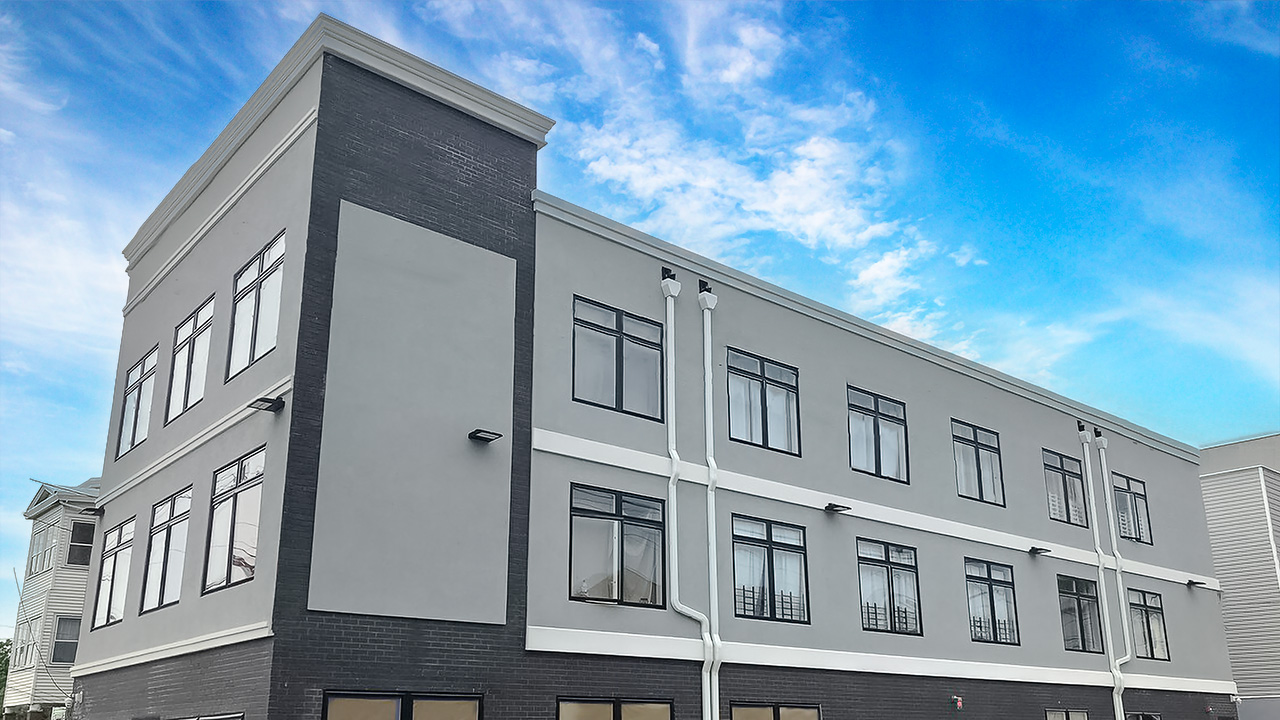
By now, it’s abundantly clear that non-recourse commercial loans are preferable to full-recourse loans. But who, exactly, do non-recourse loans benefit?
Ostensibly, it appears that the risk-mitigating benefits of non-recourse commercial loans accrue solely to the GP, who is the only party in the partnership exposed to personal liability in the case of default.
Why, then should LPs—who are not responsible for the debts of the partnership, even if it borrows on a full-recourse basis, defaults, and subsequently faces deficiency judgments—care about whether the GP borrows on a full-recourse or a non-recourse basis?
In fact, sophisticated LPs may even argue that borrowing on a full-recourse basis is the more favorable option. In exchange for greater liability (borne by the GP, not the LPs) in the case of default, the partnership gains access to cheaper debt at higher leverage ratios—factors that could, in the best case, increase a deal’s levered returns by several percentage points or more per year.
Despite these apparent benefits of full-recourse loans, LPs continue to prefer non-recourse loans for several reasons. The first is that the underwriting process for non-recourse loans is simpler, since it spares the lender from having to examine the GP’s personal assets and credit profile closely. This speeds up the execution process and allows the GP to deploy LP capital at a faster rate.
The second, more practical reason, is that most LPs invest in REPE precisely because they want a passive investing experience: They seek the financial benefits of owning multi family real estate without the headaches that come from sourcing deals, securing financing, negotiating with sellers, and managing the asset. In that light, the choice between borrowing on a full-recourse or a non-recourse basis is just one of many details LPs are happy to delegate to the GP.
Proven multifamily strategies for alternative investors
With over 30 years of combined experience and a proven track record of delivering double-digit returns, Veloce Capital is one of the fastest-growing multifamily real estate private equity firms in the northeastern United States.
We offer investors interested in a passive approach to alternative investments the opportunity to invest in various alternative real estate funds, ranging from multifamily debt and equity funds to subscription funds and single-deal investments.
Get in touch with us today to see how investing in real estate can help you earn superior risk-adjusted returns.
[1] In Texas, only home equity loans are non-recourse by law. First and second mortgages are recourse loans, which means that lenders are allowed to pursue deficiency judgments post-foreclosure.


